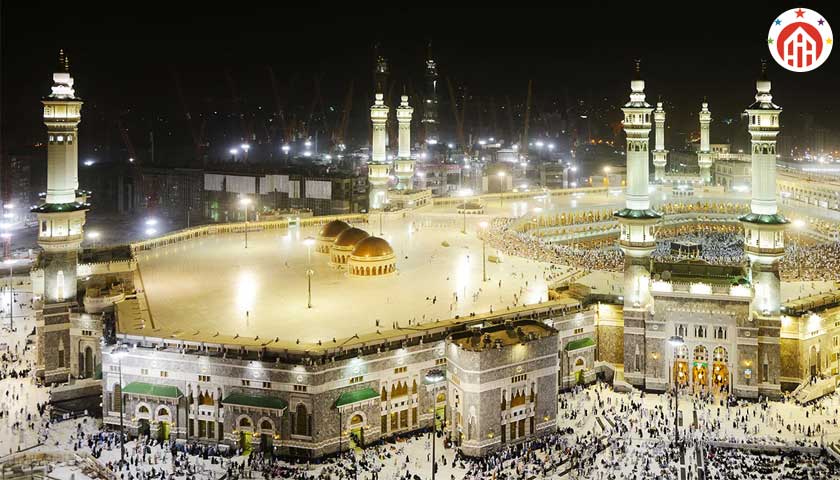Over the last decade, the Asia Pacific region has been the fastest growing tourism region in the world, Tourism is one of the most important sectors in a large number of Asia Pacific countries. Increases in economic growth, disposable income and leisure time, political stability, and aggressive tourism campaigns, among other factors, have fueled the significant growth of tourism. This paper reviews the growth and development of the tourism industry in the Asia Pacific region. The future outlook is bright for the tourism sector, and the region is expected to maintain a high rate of growth well into the next century.
The Asia and Pacific region will be the focus of the worldwide tourism industry in the new millennium. Over the last decade, tourist arrivals and receipts rose faster than any other region in the world, almost twice the rates of industrialized countries. Between 1980 and 1995, tourist arrivals and receipts in the Asia Pacific region rose at an average annual rate of 10% and 15% respectively, higher than any region in the world (World Tourism Organization 1996a). Statistics from the World Tourism Organization (WTO) for 1996 show that tourist arrivals and receipts accounted for a 15.2% and 19.4% share of the world’s total respectively, a significant increase from 1985 as shown in Tables I and 2 (WTO 1997a). The Asia Pacific region has been gaining market share at the expense of the Americas and European regions, which saw a decline in their respective shares during the same period. The WTO 1996b) projects that by the year 2010, the region will surpass the Americas to become the world’s number two tourism region, with 229 million arrivals. It is an indication that the growth of tourism in the Asia Pacific region in the next decade will be nothing short of spectacular.
Mass travel, which first began in the 1950s when millions of Americans and Europeans traveled the world, has blossomed in Asia. The region is now regarded as a major generator and receiver of tourism. A wealthy new middle class of Asians are taking to the skies and joining their European and American counterparts on their pleasure, business, and adventure trips around the globe. The rapid growth of the tourism industry has been attributed to a number of factors including among others, strong economic growth, increase in disposable income and leisure time, easing of travel restrictions, successful tourist promotion, and a recognition by the host governments that tourism is a powerful engine of growth and a generator of foreign exchange earnings.
It is the purpose of this paper to provide a basic discussion of the economic importance of tourism and review the major trends that shaped the growth and development of the tourism industry in the Asia Pacific region. A comparison of the tourism industry performance will also be made between selected Asia Pacific countries, and with other regions of the world, to highlight the trends and changes. The definition of the Asia Pacific region in this paper corresponds to the definition used by the WTO which includes North-East Asia, South-East Asia, and Oceania.
hotel-online.com




